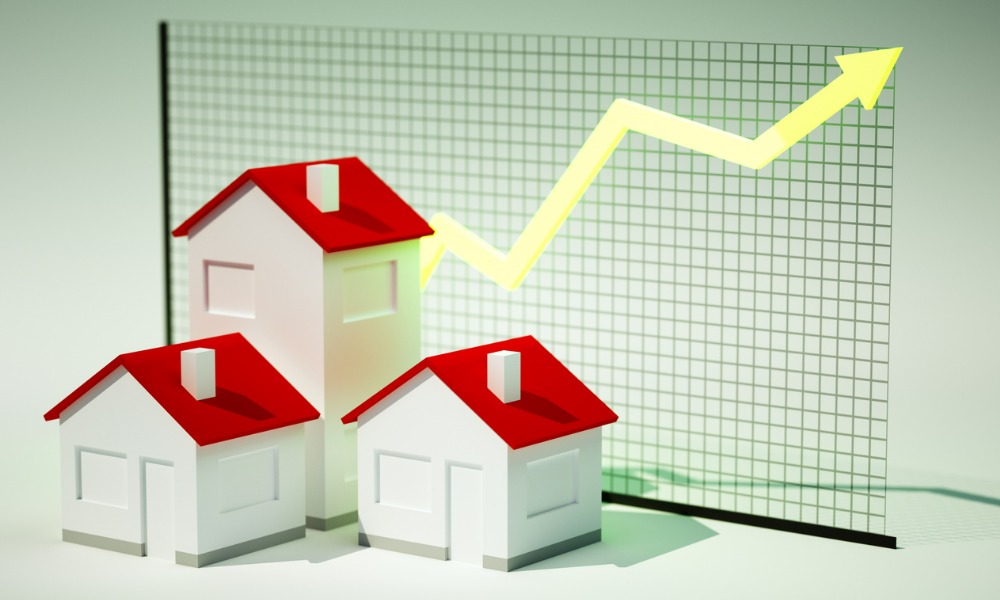"Buyers were likely anticipating further rate increases and locking-in at the low rates"

US existing-home sales activity picked up in January as buyers who took a break from home hunting and bidding wars in December returned to the market before mortgage rates get even higher.
Total existing-home sales rose by 6.7% month over month to an annualized rate of 6.50 million in January, the National Association of Realtors reported. Year over year, sales were 2.3% below the 6.65 million rate in January 2021.
“Buyers were likely anticipating further rate increases and locking-in at the low rates, and investors added to overall demand with all-cash offers,” said NAR chief economist Lawrence Yun. “Consequently, housing prices continue to move solidly higher.”
The median existing-home sales price accelerated to a stronger pace of 15.4% year over year to $350,300 at the end of January. According to Yun, homes priced at $500,000 and below are disappearing, while the supply of pricier homes has grown. The total housing inventory of existing homes dwindled to a new all-time low of 860,000 in January, equivalent to 1.6 months of the monthly sales pace – also a record low.
“The inventory of homes on the market remains woefully depleted, and in fact, is currently at an all-time low,” Yun said. “There are more listings at the upper end – homes priced above $500,000 – compared to a year ago, which should lead to less hurried decisions by some buyers. Clearly, more supply is needed at the lower end of the market in order to achieve more equitable distribution of housing wealth.”
Yun explained that two types of homebuyers will be more impacted by the expected mortgage rate hikes than others. According to Freddie Mac, the average 30-year fixed-rate mortgage reached a record high of 3.92% for the week ending Feb. 17.
Read more: US mortgage rates hit record high amid inflation woes
“First, some moderate-income buyers who barely qualified for a mortgage when interest rates were lower will now be unable to afford a mortgage,” he said. “Second, consumers in expensive markets, such as California and the New York City metro area, will feel the sting of nearly an additional $500 to $1,000 in monthly payments due to rising rates.”



